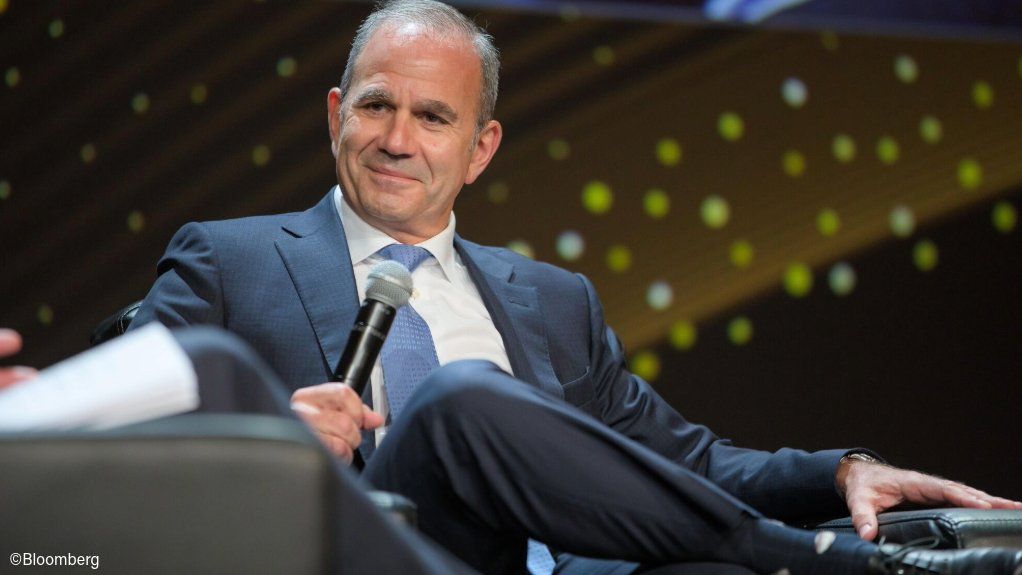Former Lundin CEO Rockandel joining infor to seize on mining deals

Peter Rockandel, former chief executive officer of Canadian metals producer Lundin Mining Corp., is planning to capitalize on the recent uptick in mining financing and deal flow as he returns to his banking roots.
Rockandel, 59, who stepped down as CEO of Lundin at the end of 2023, is joining Infor Financial Inc. as a principal in the Toronto-based firm’s investment-banking group.
He said he spent the past six months doing advisory work “with a select group of clients” before deciding to make a full-time return to his previous career. Before his operating role with Lundin, Rockandel held senior mining banking and advisory roles at Deutsche Bank and GMP Capital, later sold to Stifel Financial Corp.
“Things seemed to be picking up both for myself and the industry, so I thought a bit more firepower would help in some of the jobs I’ve been doing,” he said in an interview of his decision to join Infor, where some of his former GMP colleagues have also landed.
Rockandel was approached by “a couple” of Canadian banks, he said, but wanted to retain his role as a board member at Toronto Stock Exchange owner TMX Group, and the larger firms’ rules wouldn’t permit that.
Hiring Rockandel is a “game-changing moment” for Infor, Neil Selfe, CEO and founding principal of the decade-old firm, said in a statement. “Infor is firmly positioned as a first-call adviser to mining companies across Canada and internationally.”
COMMODITY SURGE
Higher commodity prices — particularly for gold and copper — have helped drive an increase in mining industry capital-markets and deal activity, Rockandel said.
“You’re seeing these companies generate a lot of free cash flow,” he said, adding that’s led to share buybacks, special dividends and, in some cases, mergers and acquisitions to fuel future growth. “And there’s been a disparity between the valuations of large caps and smaller companies, so that often creates the opportunity for M&A.”
Canadian Prime Minister Mark Carney has passed legislation to speed up the construction of major infrastructure projects, including mines, as part of the government’s response to US trade threats.
“There seems to be a broader acceptance for mining with the public because of the needs as we transition to a green economy,” Rockandel said, pointing to the demand for copper and other minerals in that shift. “What’s key to maintaining that support is that it gets done in the most environmentally responsible manner.”
Canada’s broader M&A market is gaining momentum heading into the second half of the year, underpinned by lower interest rates, moderating inflation and record levels of dry powder among private equity funds.
Nearly 1,000 deals worth about C$134-billion ($98-billion) were announced through May, while dealmakers remain cautious, with inbound cross‑border activity still underperforming as investors adopt a wait‑and‑see stance, PwC Canada said in its mid-year outlook.
Broad economic shifts will take years to play out, but early policy moves by federal and provincial governments could quickly boost business confidence and help revive Canada’s deals pipeline, PwC said, noting that companies tied to infrastructure and critical minerals are among those positioned best to benefit by pivoting into North American supply chains.





